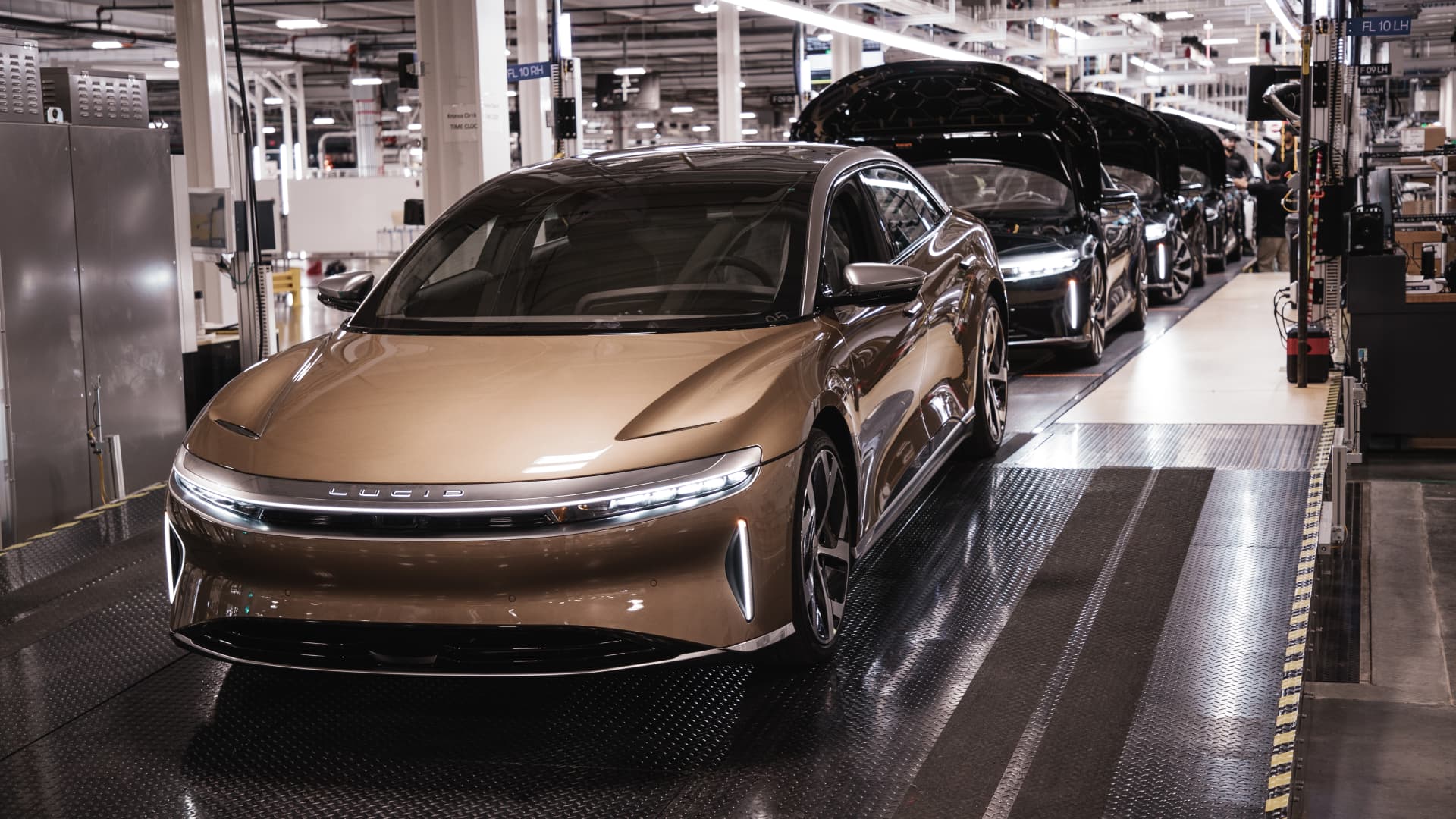The Auto Industry’s Shift from Capital-Intensive Strategies to Sustainable Innovation
In recent years, the automotive industry has undergone a significant transformation, moving away from aggressive capital expenditures on electric vehicles (EVs) and autonomous technologies. This shift reflects a broader trend towards sustainable innovation, emphasizing efficiency, environmental responsibility, and strategic investment. This article explores the factors driving this change, its implications for the future of automotive innovation, and the challenges and opportunities that lie ahead.
From Aggressive Investment to Strategic Sustainability
Historically, automakers invested heavily in developing EVs and autonomous vehicles, aiming to lead the market in technological advancements. However, this approach often led to substantial financial strain without guaranteed returns. Recognizing the need for a more balanced strategy, the industry is now focusing on:
- Resource Optimization: Prioritizing projects with clear, sustainable returns.
- Collaborative Efforts: Partnering with technology firms to share development costs and expertise.
- Incremental Innovation: Gradually integrating new technologies to ensure market readiness and consumer acceptance.
Driving Factors Behind the Shift
Several key factors have influenced this strategic pivot:
- Market Saturation: The rapid introduction of EVs led to market saturation, with supply outpacing demand in some regions.
- Economic Pressures: Global economic uncertainties have made large-scale investments riskier.
- Regulatory Changes: Evolving environmental regulations require automakers to adopt more sustainable practices.
- Consumer Preferences: Increasing demand for eco-friendly and affordable vehicles has shifted industry focus.
Implications for Future Innovation
This strategic realignment has several implications for the future of automotive innovation:
- Enhanced Focus on Sustainability: Automakers are investing in sustainable materials and manufacturing processes to reduce environmental impact.
- Advancements in Battery Technology: Efforts are underway to develop more efficient, longer-lasting, and environmentally friendly batteries.
- Integration of Digital Technologies: Incorporating AI and IoT to improve vehicle performance and user experience.
- Emphasis on Affordability: Developing cost-effective models to make advanced technologies accessible to a broader audience.
Challenges and Opportunities
While the shift towards sustainable innovation presents opportunities, it also poses challenges:
- Supply Chain Adjustments: Transitioning to sustainable materials requires overhauling existing supply chains.
- Technological Integration: Merging new technologies with traditional automotive systems can be complex.
- Market Competition: Balancing innovation with cost-effectiveness is crucial in a competitive market.
- Regulatory Compliance: Staying ahead of changing regulations necessitates continuous adaptation.
Conclusion
The automotive industry’s move from capital-intensive strategies to sustainable innovation marks a pivotal moment. By focusing on efficiency, environmental responsibility, and strategic investment, automakers are better positioned to meet evolving market demands and regulatory requirements. This approach not only ensures financial stability but also contributes to a more sustainable future for the industry and society at large.
For more insights into the automotive industry’s transformation, visit our Industry Insights page.
Explore related topics on sustainable innovation in the automotive sector at Example.com.
See more Business Focus Insider

